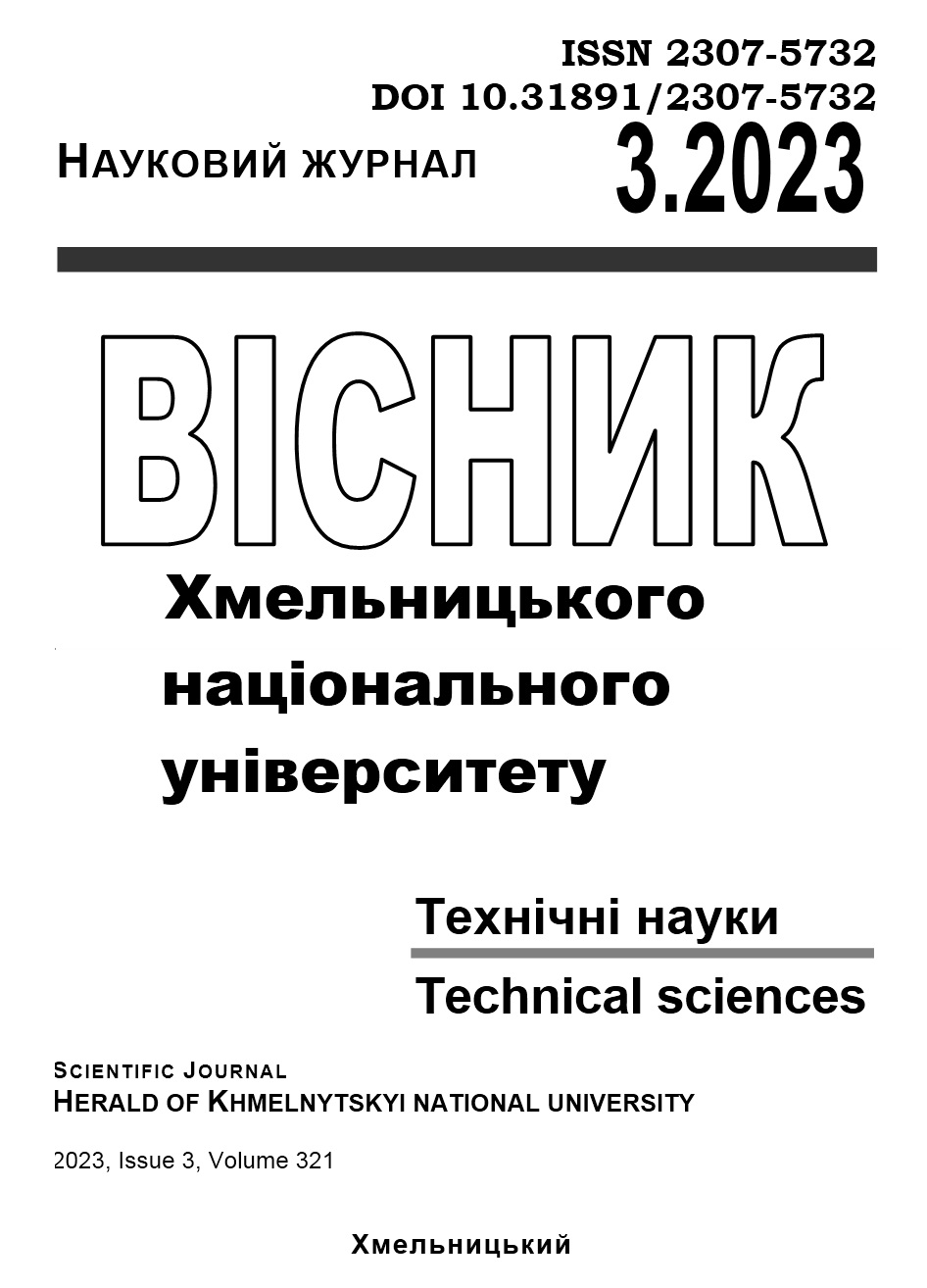EMISSIVITY OF FILAMENT LAMPS
DOI:
https://doi.org/10.31891/2307-5732-2023-321-3-234-239Keywords:
emissivity, tungsten, filament lamp, incandescent lamp, linear predictionAbstract
Quartz Tungsten Halogen Filament Electric Lamps (QTH FEL) are still widely used as light sources in various photoelectric systems and are currently the irradiance transfer standard following the introduction of the USA National Institute of Standards and Technology (NIST). Most of world leading manufactories, such as Phillips, OSRAM, GE, has FELs in its product lines. For system modelling and characterization, the Absolute Black Body (ABB) model is used with correction factor by filament emissivity. The most reliable data of tungsten emissivity have some peculiarity: they are represented in graphs format, for visual waves length and for temperatures up to 2800 K. Which makes it impossible to use it for infrared systems and for modern FEL, which has color temperatures 2850 K – 3200 K.
This paper presents the results of research of convertation graphs De Vos data to numerical form and extrapolation for temperatures up to 3200 K. It was determined that from many data sources original De Vos data are most useful for tabulating. The necessity of correction of grid nonorthogonality and distorsion are determined. It was found, that emissivity has near linear dependence from temperature. That’s why polinomial linerar, quadratic and cubic approximation extention and linear prediction has been studied for data extrapolation. Spectral ranges and extrapolation methods for SSE minimizing are defined. The estimated prediction absolute, relative errors and standard deviation were calculated. The expanded data for tungsten emissivity with standard deviation less than 0.0005, relative error less than 0.004 for temperatures up to 3200 K were obtained.
Downloads
Published
Issue
Section
License
Copyright (c) 2023 ІГОР КРАВЧЕНКО, МАРИНА МАМУТА (Автор)

This work is licensed under a Creative Commons Attribution 4.0 International License.

